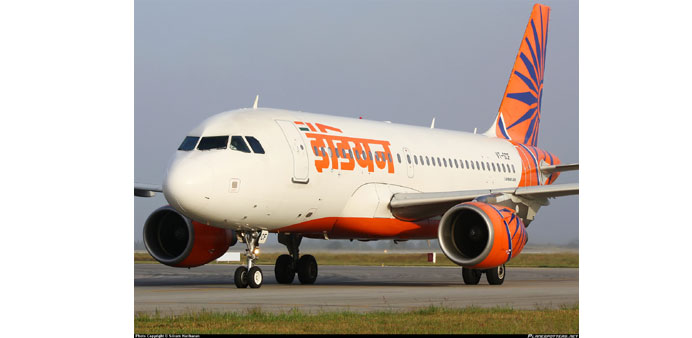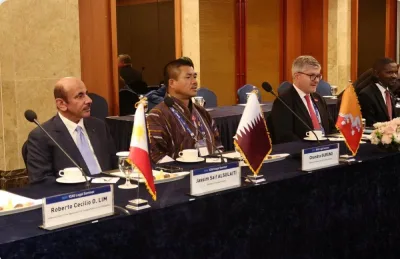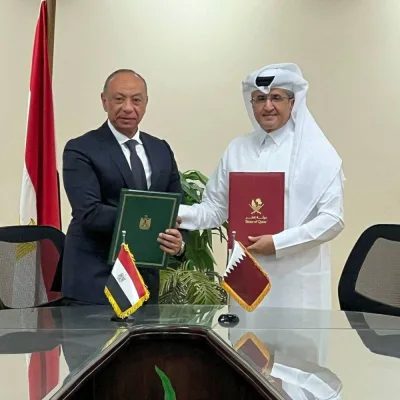AFP
New Delhi
The government yesterday announced a plan to make air travel affordable for millions, with schemes to revive ailing airports and connect rural areas that it said would “take flying to the masses”.
The long-awaited draft policy aims to bring down airfares to Rs2,500 per hour of flying on many regional routes through a slew of tax incentives, subsidies and a 2% levy on international and some domestic routes.
It outlines plans to revive the country’s dilapidated airports and airstrips, of which only about 75 out of 476 are in regular use, and setting up a fund to improve access to rural areas.
Air travel in India is mostly confined to the third of the population that lives in cities, putting it out of the reach of hundreds of millions.
“The prime minister has said... it should be a policy which takes flying to masses, it should no longer confine flying only to the elite,” secretary for civil aviation Rajiv Nayan Choubey told reporters.
“We should promote regional connectivity in a manner which makes it possible for the ordinary middleclass Indian to start flying,” Choubey said, adding the scheme would start in April 2016.
“We will be giving several incentives in order to bring down the cost of flying as much as we can.”
Only 70mn of the country’s 1.2bn citizens flew domestically in 2014-15, according to the Sydney-based Centre for Asia-Pacific Aviation (CAPA), making it one of the world’s most under-penetrated markets.
The government said it aims to increase domestic ticket sales to 300mn by 2022 and 500mn by 2027.
The draft National Civil Aviation Policy, which looks to overhaul rules dating back to the 1930s, has been submitted to stakeholders for review.
The aviation industry has criticised the government in the past for failing to reform the heavily regulated market.
With the exception of budget carrier IndiGo, most domestic airlines are suffering losses and are mired in debt.
“There are a number of rules and regulations that restrict airlines, or force airlines to operate in ways that might not be very commercially viable,” Binit Somaia, South Asia director at CAPA told AFP last week.
The draft policy contains steps to reduce red tape, including a plan to deregulate charter flights - which do not follow a fixed schedule - into and within India.
And it moots allowing “completely liberalised” code-sharing, where an airline sells seats on a flight run by another carrier.
The government is also considering scrapping or amending the “5-20 rule”, which requires local airlines to operate for five years and have a fleet of at least 20 planes before they can fly internationally.
However, some Indian airlines are opposed to scrapping the 2004 rule, saying it would favour cash-rich international airlines coming into the domestic market.



